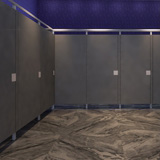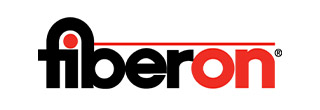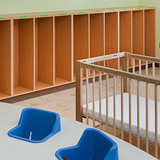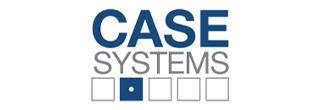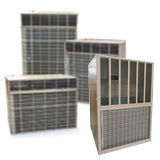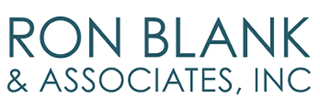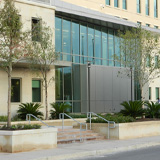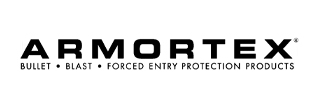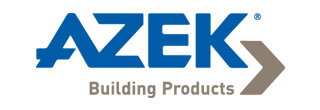JOIN US EACH AFTERNOON • FREE TO ATTEND!
Web-Series for Wisconsin, Illinois, & Michigan

Web-Series for Wisconsin, Illinois, & Michigan
Event Dates
Monday, April 26 | Tuesday, April 27 | Wednesday, April 28 | Thursday, April 29
Available Credits
12 AIA HSW/LU CE Hour(s)
2 GBCI General Hour
Event Agenda
Monday, April 26, 2021
Monday, April 26, 2021 | 11:00 am Central
|
Sponsored By DaVinci Roofscapes 1 AIA HSW/LU CE Hour(s) Learning Objectives:
|
Monday, April 26, 2021 | 1:00 pm Central
|
Sponsored By Homasote 1 AIA HSW/LU CE Hour(s) 1 GBCI General Hour Learning Objectives:
|
Monday, April 26, 2021 | 2:00 pm Central
|
Sponsored By PROSOCO 1 AIA HSW/LU CE Hour(s) 1 GBCI General Hour Learning Objectives:
|
Tuesday, April 27, 2021
Tuesday, April 27, 2021 | 11:00 am Central
|
Sponsored By Rollease Acmeda, Inc. 1 AIA HSW/LU CE Hour(s) 1 IDCEC HSW CEU(s) Learning Objectives:
|
Tuesday, April 27, 2021 | 1:00 pm Central
|
Sponsored By Noble Company 1 AIA HSW/LU CE Hour(s) 1 IDCEC HSW CEU(s) Learning Objectives:
|
Tuesday, April 27, 2021 | 2:00 pm Central
|
Sponsored By Scranton Products 1 AIA HSW/LU CE Hour(s) Learning Objectives:
|
Wednesday, April 28, 2021
Wednesday, April 28, 2021 | 10:00 am Central
|
Sponsored By Renlita Custom Opening Solutions 1 AIA HSW/LU CE Hour(s) 1 GBCI General Hour Learning Objectives:
|
Wednesday, April 28, 2021 | 11:00 am Central
|
Sponsored By Fiberon 1 AIA HSW/LU CE Hour(s) Learning Objectives:
|
Wednesday, April 28, 2021 | 1:00 pm Central
|
Sponsored By Case Systems 1 AIA HSW/LU CE Hour(s) 1 GBCI General Hour Learning Objectives:
|
Wednesday, April 28, 2021 | 2:00 pm Central
|
Sponsored By Ron Blank & Associates Inc. 1 AIA HSW/LU CE Hour(s) Learning Objectives:
|
Thursday, April 29, 2021
Thursday, April 29, 2021 | 11:00 am Central
|
Sponsored By Armortex 1 AIA HSW/LU CE Hour(s) Learning Objectives:
|
Thursday, April 29, 2021 | 1:00 pm Central
|
Sponsored By AZEK Building Products Presented By Nat Whitehurst 1 AIA HSW/LU CE Hour(s) Learning Objectives:
|
Thursday, April 29, 2021 | 2:00 pm Central
|
Sponsored By Wolf Home Products 1 AIA HSW/LU CE Hour(s) Learning Objectives:
|
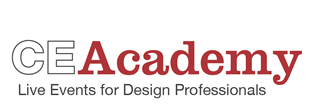
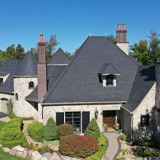


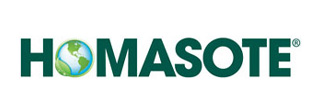
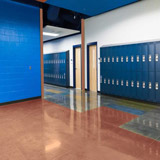
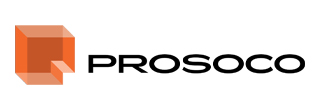
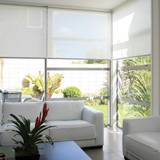

.jpg)

